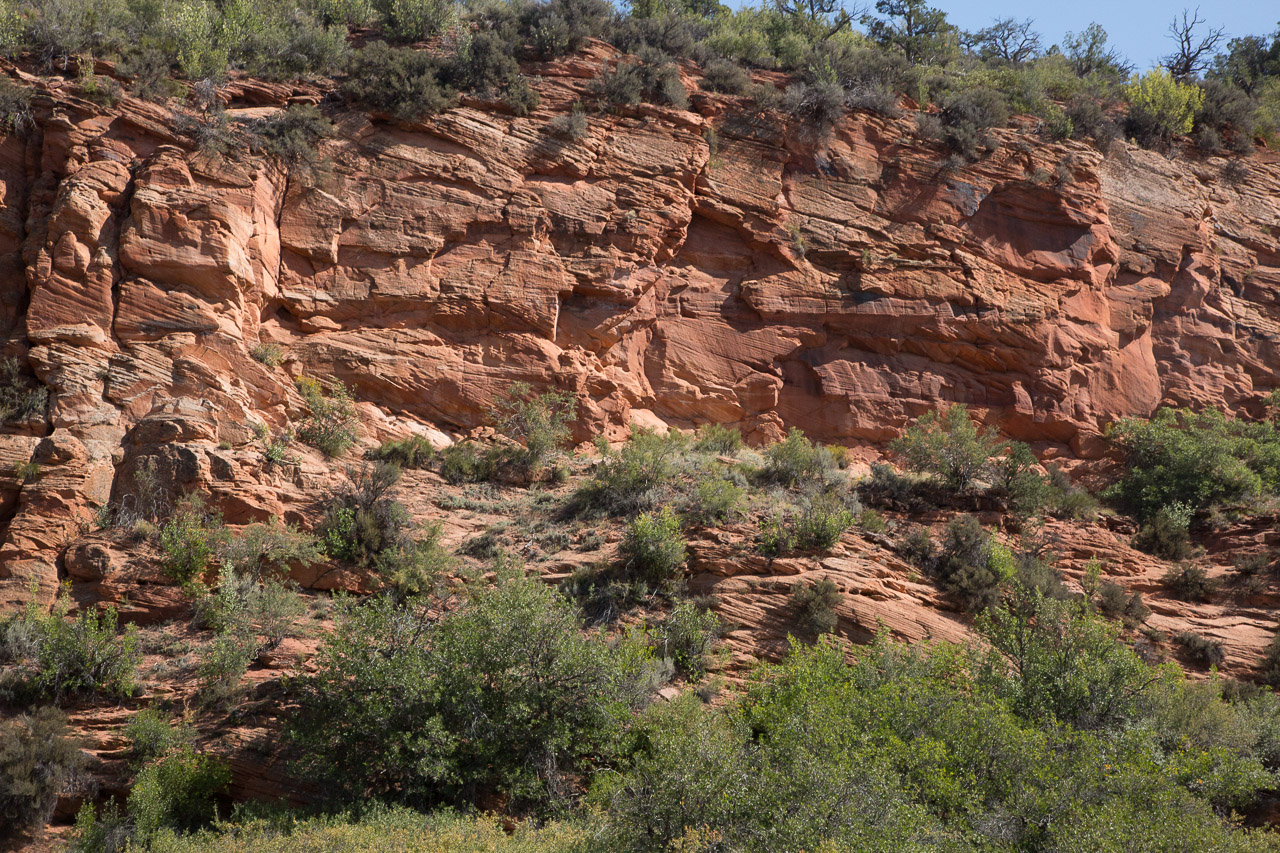
Coral Pink Sand Dunes State Park Utah
Located at an elevation of 6,000 feet, Coral Pink Sand Dunes receives relatively high amounts of precipita-tion. This moisture allows for a wide variety of plants, including stands of ponderosa pine, dune grasses more than six feet tall, and beautiful wildflowers that reach their peak in June. Mule deer, coyotes, kit foxes jack-rabbits, and many small rodents are found within the park. The dunes support a diverse population of insects, including the Coral Pink Tiger Beetle, which is found no where else in the world. Melting snow often creates small ponds on the dunes that support amphibians such as salamanders and toads.
The geology of the sand dunes is also an intriguing subject. The sand comes from Navajo sandstone from the geologic period call Middle Jurassic. The same iron oxides and minerals that give us spectacular red rock country are responsible for this landscape of coral pink sand.
Sand dunes are created by three factors - Sand, high winds, and a unique influence upon the wind. The notch between the Moquith and Moccasin mountains causes this unique influence. The wind is funneled through the notch, thereby increasing wind velocity to a point where it can carry sand grains from the eroding Navajo sandstone. This phenomenon is known as the Venturi Affect. Once the wind passes through the notch and into the open valley, the wind velocity decreases, causing the sand to be deposited. These dunes are estimated at 10,000 to 15,000 years old. Coral Pink Sand Dunes support a diverse population of insects, including the Coral Pink tiger beetle that is found only here. Melting snow often creates small ponds on the dunes that support amphibians such as salamanders and toads.
Opened to the public as a state park in 1963. Park Elevation: 6,000 feet




















